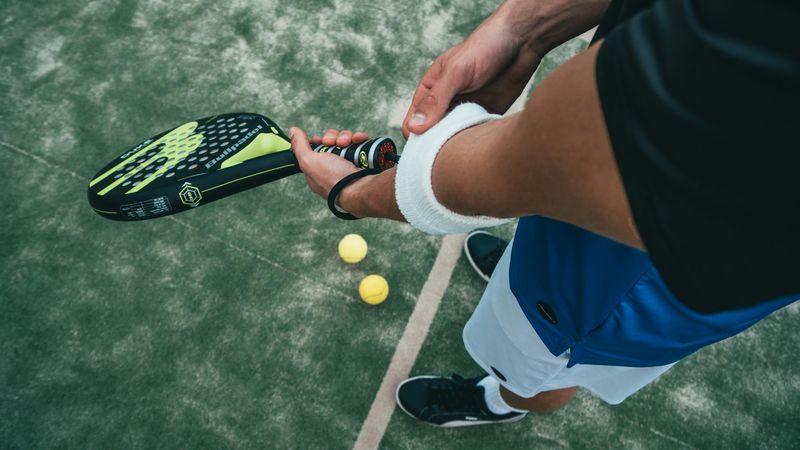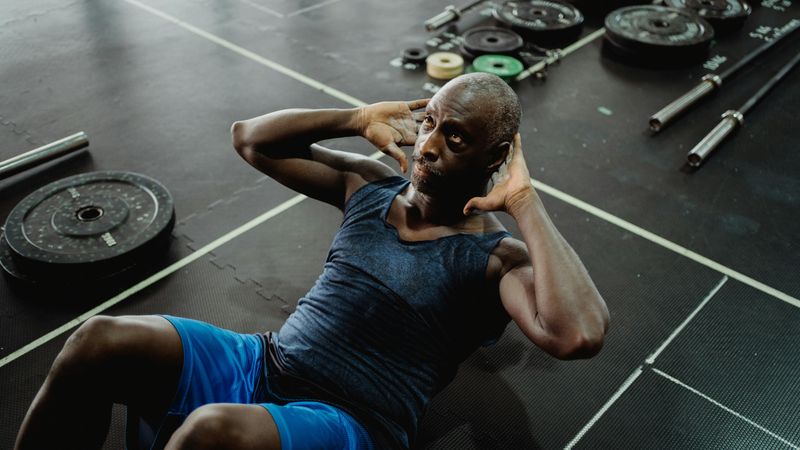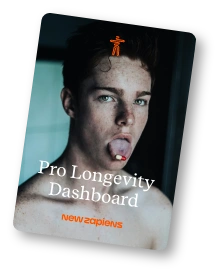Environmental toxins speed up aging?

Time to think twice.
What’s happening:
A new exposome-wide study—recently published in Aging (Aging-US)—found that certain environmental pollutants, including cadmium, lead, and cotinine, appear to ramp up biological aging. Using data from over 2,300 U.S. adults aged 50 to 84, researchers examined links between 64 toxic substances and eight epigenetic aging markers. Turns out, elevated exposure to these chemicals may accelerate our cellular “clocks,” raising the risk for age-related diseases.
Key findings:
- Cadmium’s effect was especially potent; higher blood levels correlated with faster epigenetic aging. Think cigarette smoke, industrial emissions, and even contaminated foods.
- Cotinine, tied to tobacco exposure, also spelled trouble—reinforcing smoking’s harmful effect on longevity.
- Lead exposure, commonly from old paint or water pipes, was linked to “turbocharged” aging as well.
- Interestingly, certain PCBs (like PCB118) and dioxins (like HpCDD) showed a potential link with slower aging markers, although the overall health benefit of that finding remains unclear.
Why it matters:
It’s not just about living long, but staying healthy as you age. With toxins lurking in everyday settings—air, food, and household products—this study rings alarm bells for both individuals and policymakers. Notably, reducing exposure to high-risk pollutants could help slow aging at the DNA level.
Expert take:
“Environmental chemical exposures represent a key modifiable risk factor,” explains first author Dennis Khodasevich. “This study highlights how everyday pollutants may influence biological aging in the U.S. adult population.”
Looking ahead:
- Stricter regulations may be essential to curb exposure to metals and other chemicals.
- Personal vigilance, like avoiding cigarette smoke and lead-contaminated water, could pay off in your long-term health.
- Researchers plan deeper dives into how pollutants accelerate specific age-related conditions—from heart disease to cognitive decline. In other words, watch this space.
References
Author: Volker Blasek
Volker Blasek is a technical editor with a background in horticulture, fueled by a volunteer year on an organic farm. His passion for nature and conservation, paired with his expertise in psychology and science, shapes his engaging and thoroughly researched content. As a medical editor, he has authored over 3,000 articles on topics such as nutrition, diseases, symptoms, naturalopathy, and home remedies, delivering insightful and accessible reporting for a wide range of audiences.




